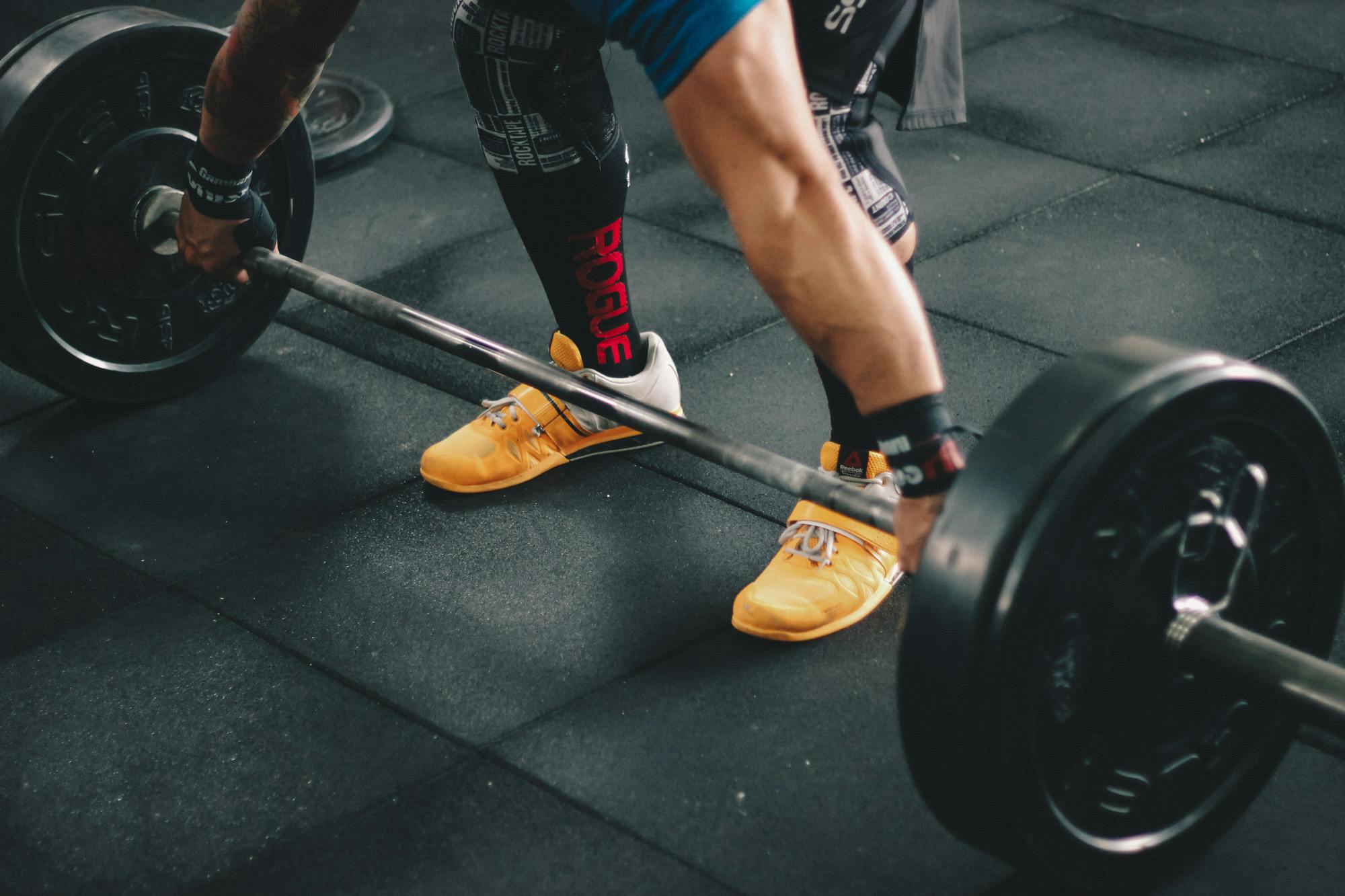Running is a very effective cardiovascular activity, but wearing the right footwear is essential to enjoy a healthy running routine. It’s a great physical activity to burn calories, strengthen your joints, and benefit your heart. Let’s take a look at some of the common mistakes to avoid when buying running shoes:
Don’t buy just for looks
Many first-time runners worry too much about fashion, forgetting about the most important aspects of proper support, fit, and comfort. Don’t let the color or style of footwear influence your decision-making process. If running shoes don’t provide the desired support, they will soon leave your feet sore and irritated.
Shoes are too tight
Wearing a pair of running shoes that is too tight soon can lead to black nails, blisters, or similar problems. Many runners prefer to wear tight-fitting shoes for their normal daily activities, but this same rule should not apply when engaging in physical activity. The preferred option is to have a little more room in the forefoot to avoid squashing your feet. Try to leave a gap of about half an inch in this area for a more comfortable fit.
Don’t wear shoes for a long time
On average, a decent pair of running shoes should last between 300 and 500 miles. It is not practical to wear this type of shoe unit because they are completely worn out. A good indicator of when footwear needs to be replaced is when aches and pains start to become a common problem. Other indicators of worn footwear include clumpy foam on the inside leading to uneven sole and smooth grooves on the bottom.
Buy at the right time of day
The preferred time to shop for footwear is at the end of the day. Our feet will continue to be sweet throughout the day and this can continue until around 4pm. So it makes sense to wait until late at night to try on your running shoes and increase your chances of finding the most comfortable fit.
Don’t assume shoe size
It is important to have your feet measured each time a new pair of running shoes is needed. Shoe sizes most likely differ between different brands and types of shoes. Additionally, seams, upper shape, and foot shapes can have an impact on overall fit and comfort.
